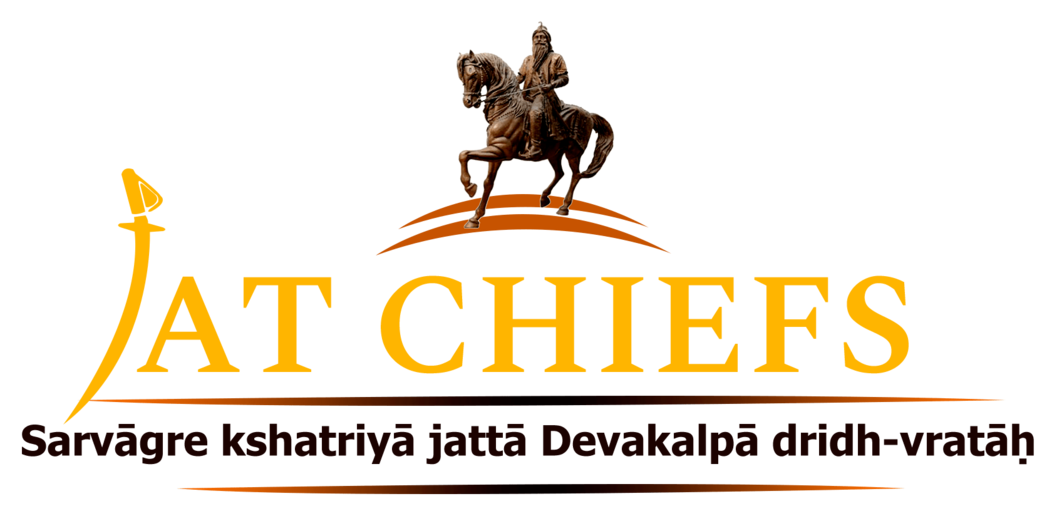The Durbar army was divided into two, Tej Singh proceeded towards Ferozepur to reckon with General Littler. Lai Singh entrenched the larger part of his force near village PheruShahr (later known as Ferozeshahr) and himself marched on to intercept Gough and Hardinge. He was surprised to find that the British had advanced as far as Mudki. Despite the enemy’s superiority in men and arms, Lal Singh ordered his troops to commence hostilities while he himself retired to Ferozeshahr. The leaderless Punjabis fought a grim hand-to-hand battle against the more numerous enemy led by the most experienced commanders of Europe. The battle continued with unabated fury till midnight (and came thereafter to be known as “Midnight Mudki”). After the loss of half of their force and fifteen guns, the Punjabis withdrew from the battlefield.
The field action of Mudki was not of very great military significance except insofar as it gave the British their first experience of the fighting qualities of the Punjabi soldier. British casualties were heavy; reinforcements were sent for from Ambala, Meerut, and Delhi. Lord Hardinge relinquished his superior position of governor general and agreed to become second-in-command to his commander in-chief. The march to the Sutlej was resumed.
Reference:-
- HIstory Of The Sikhs, Vol. 2: 1839-1964 By Khushwant Singh.


